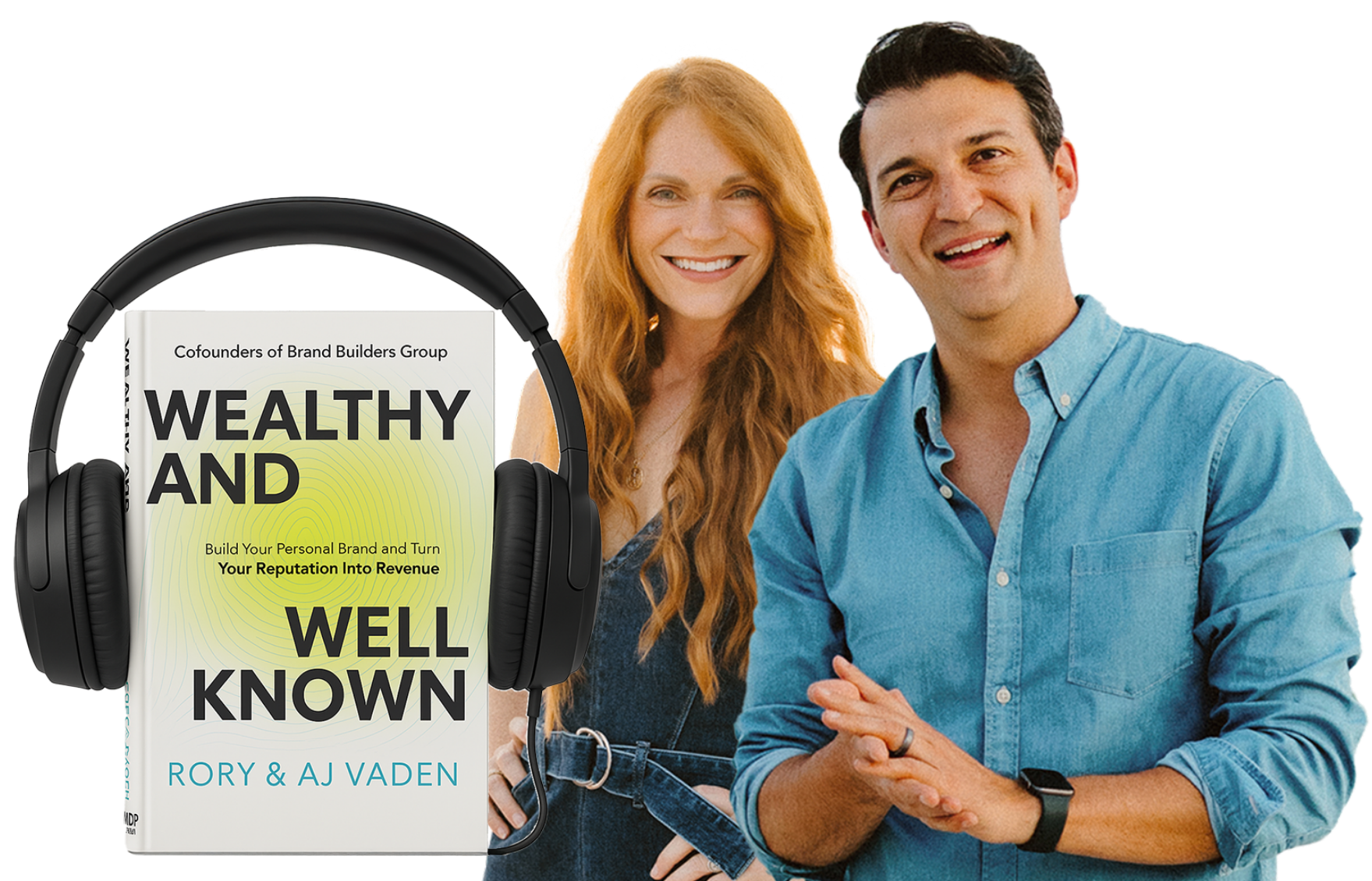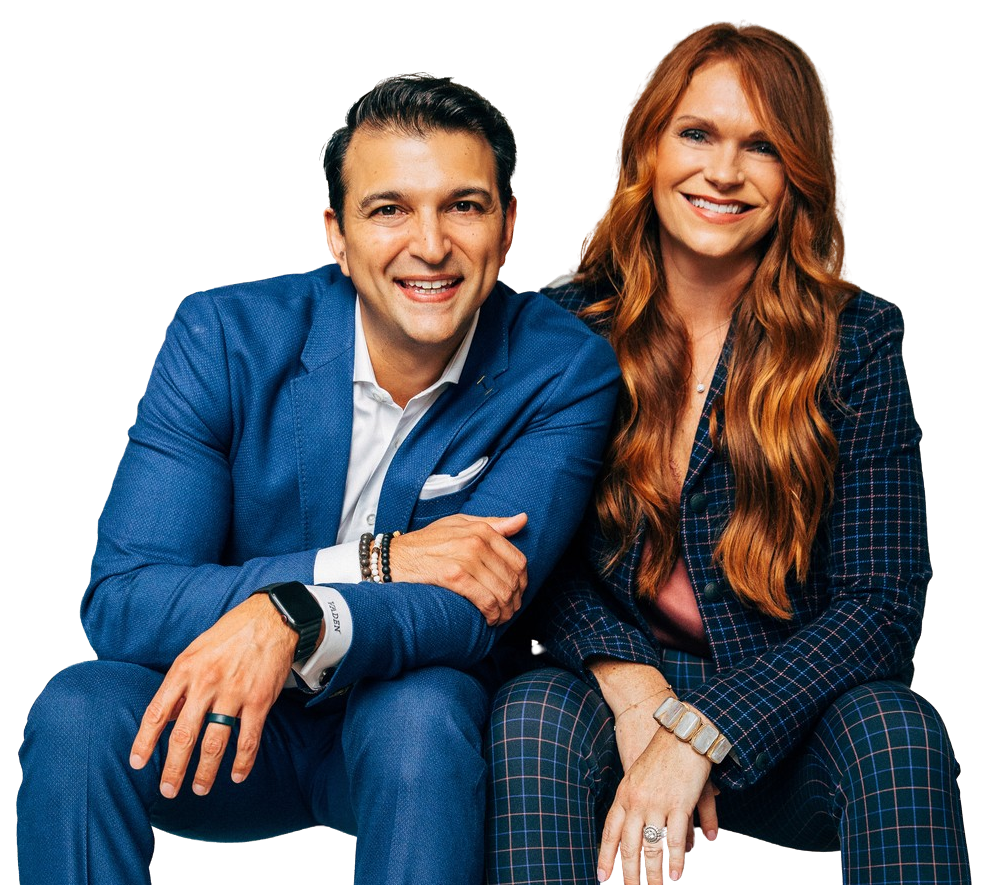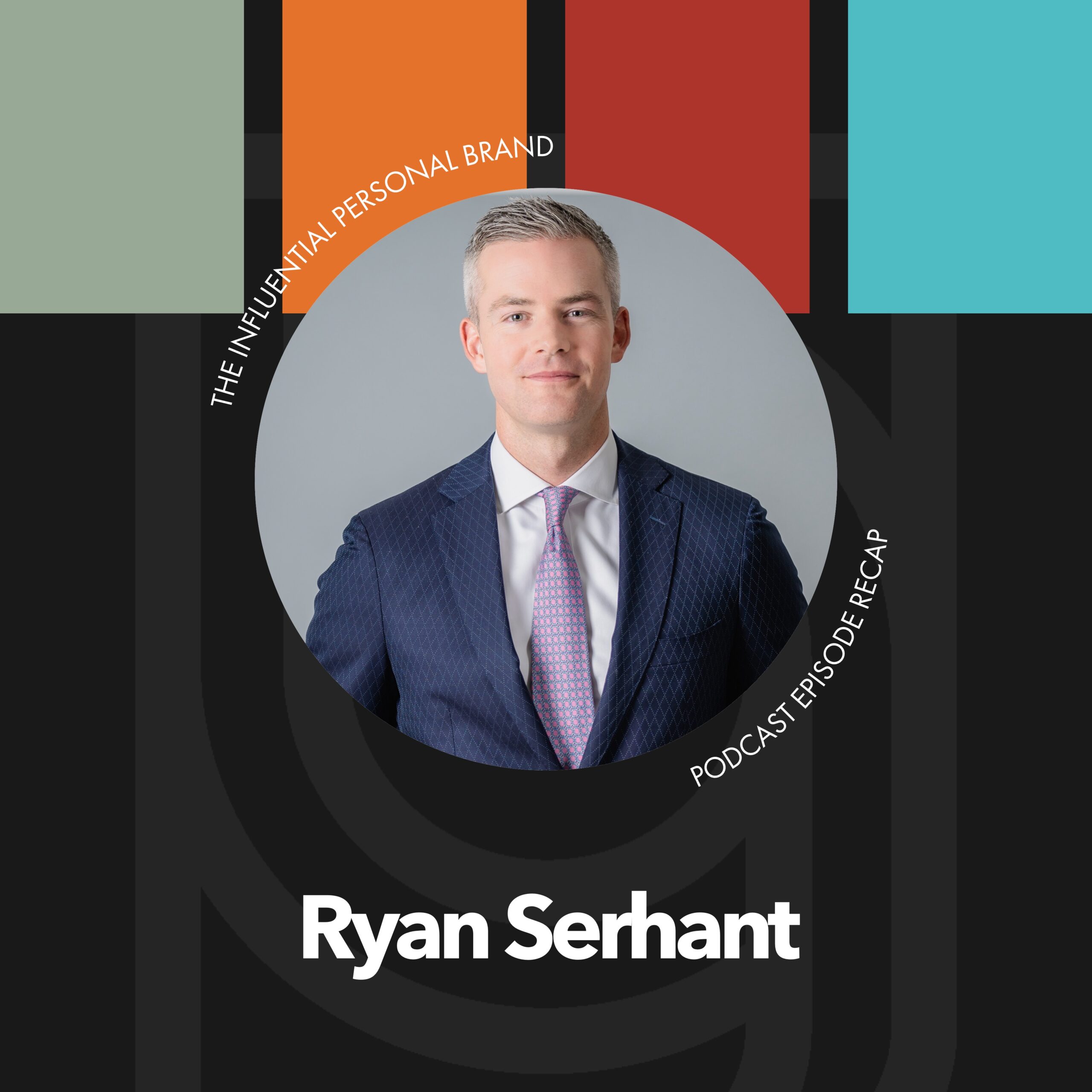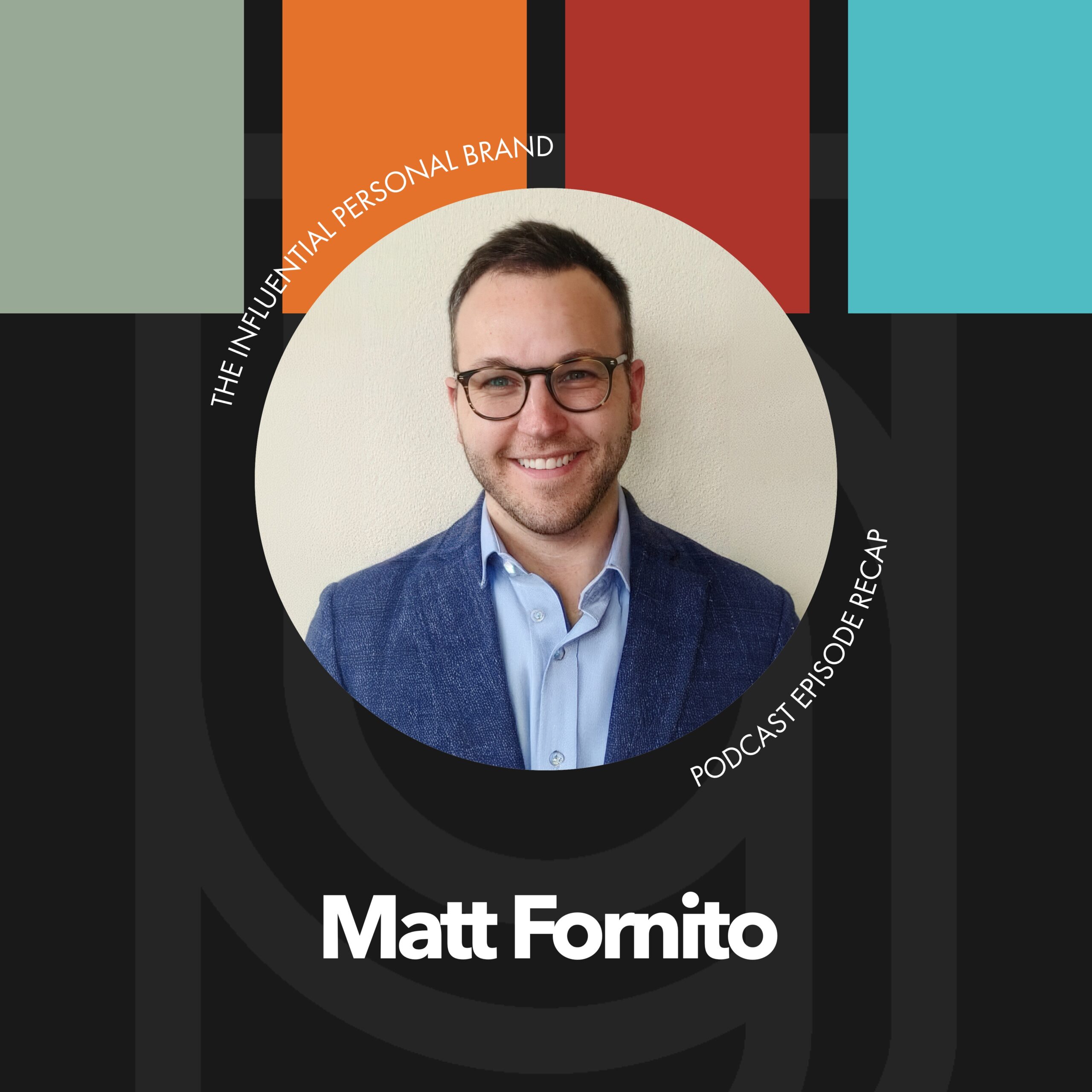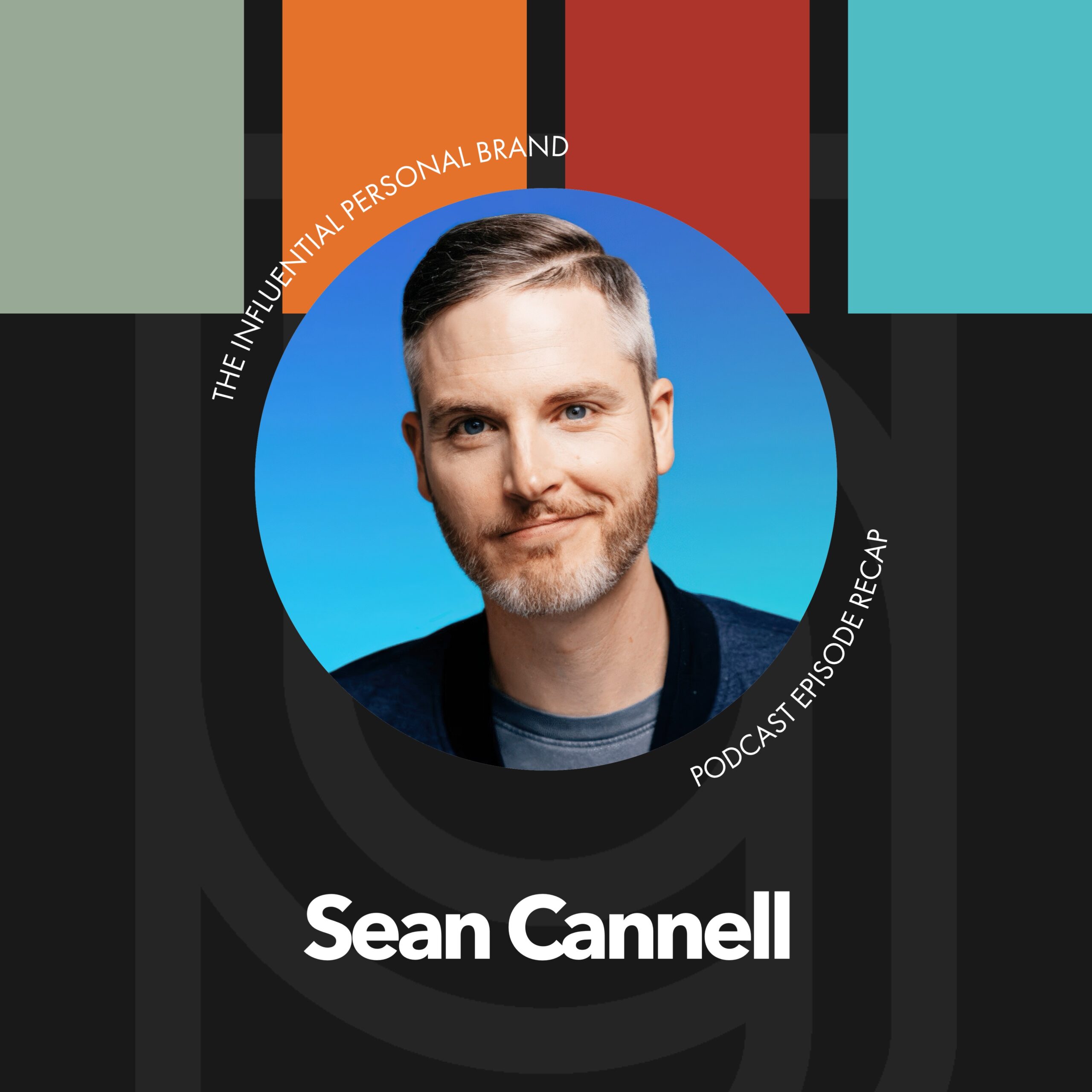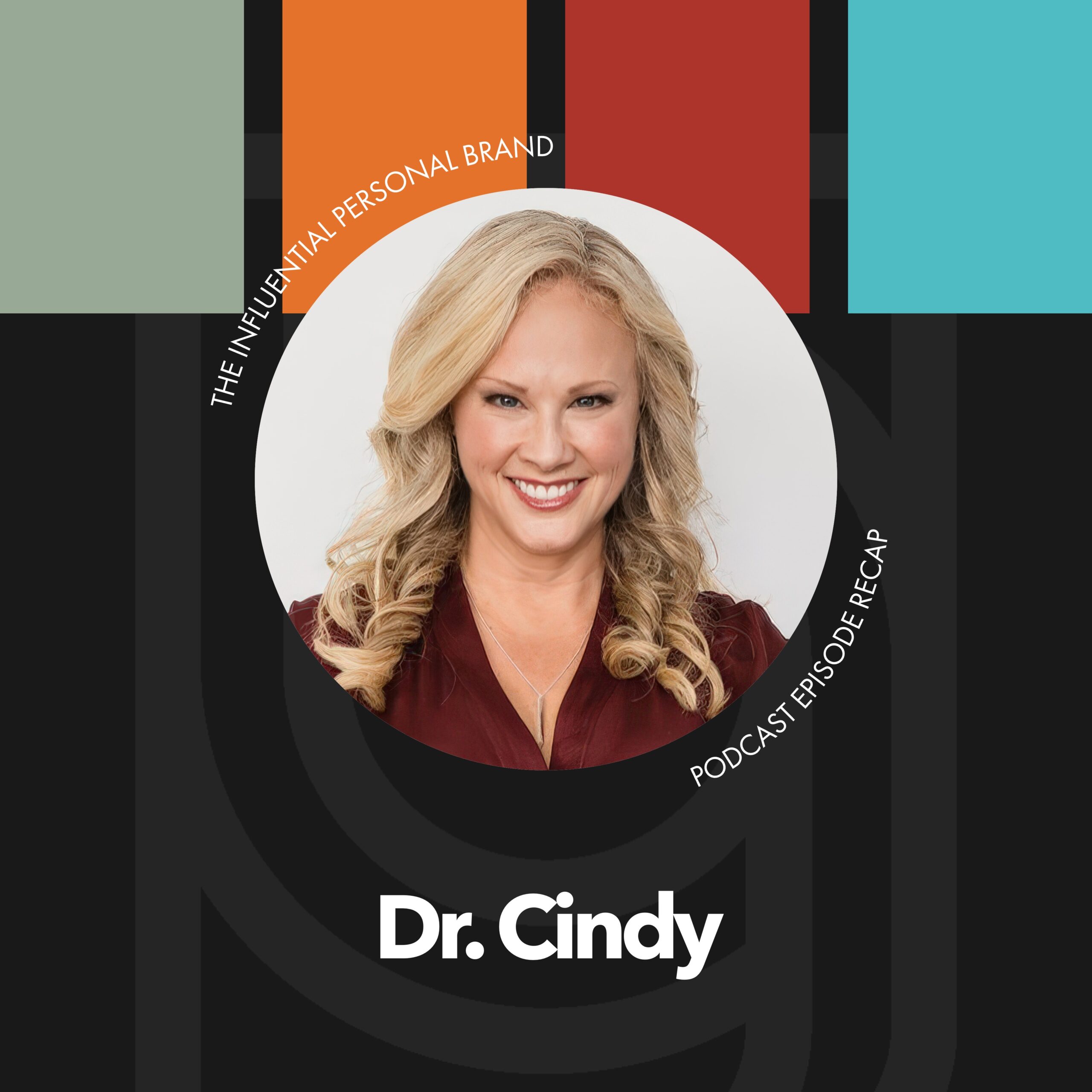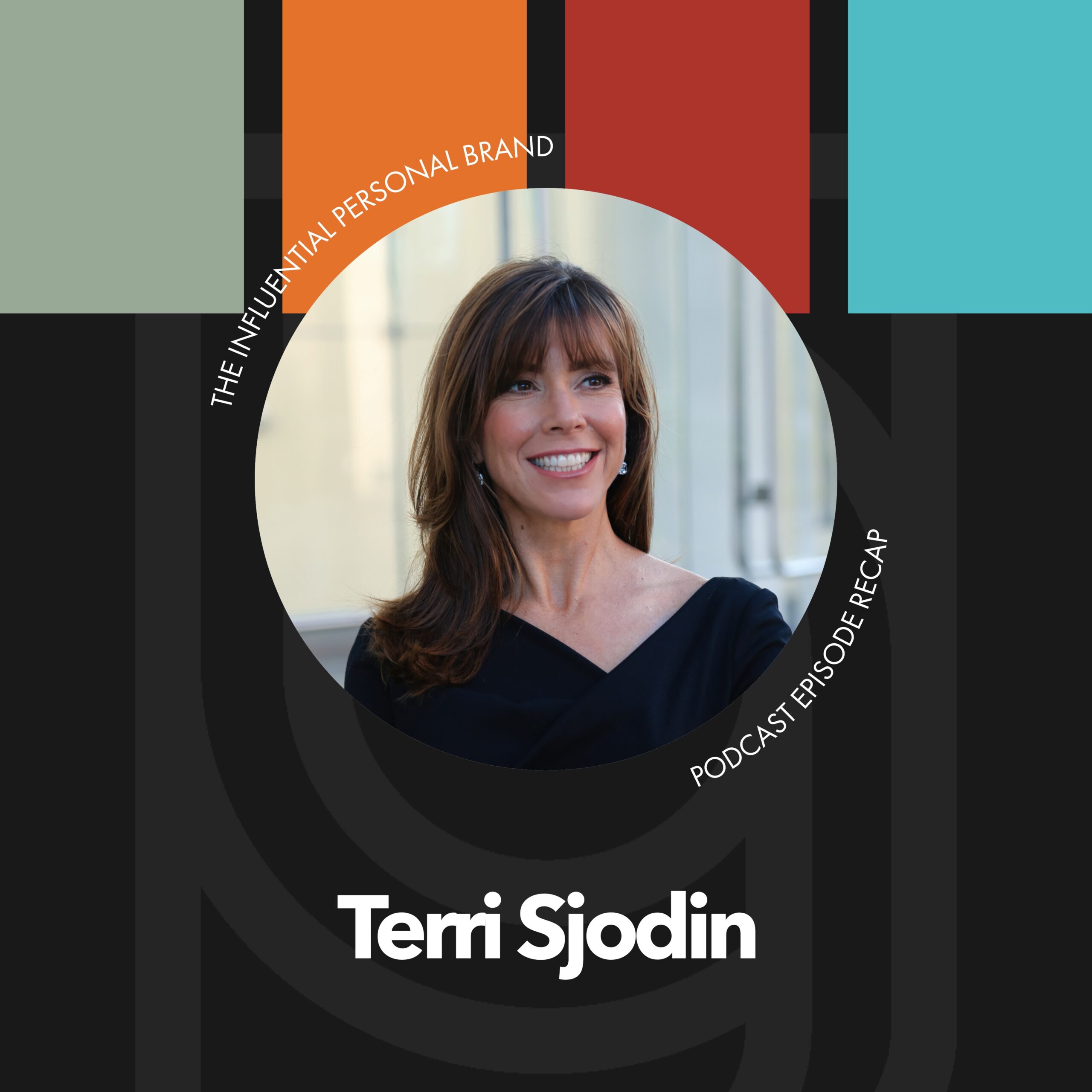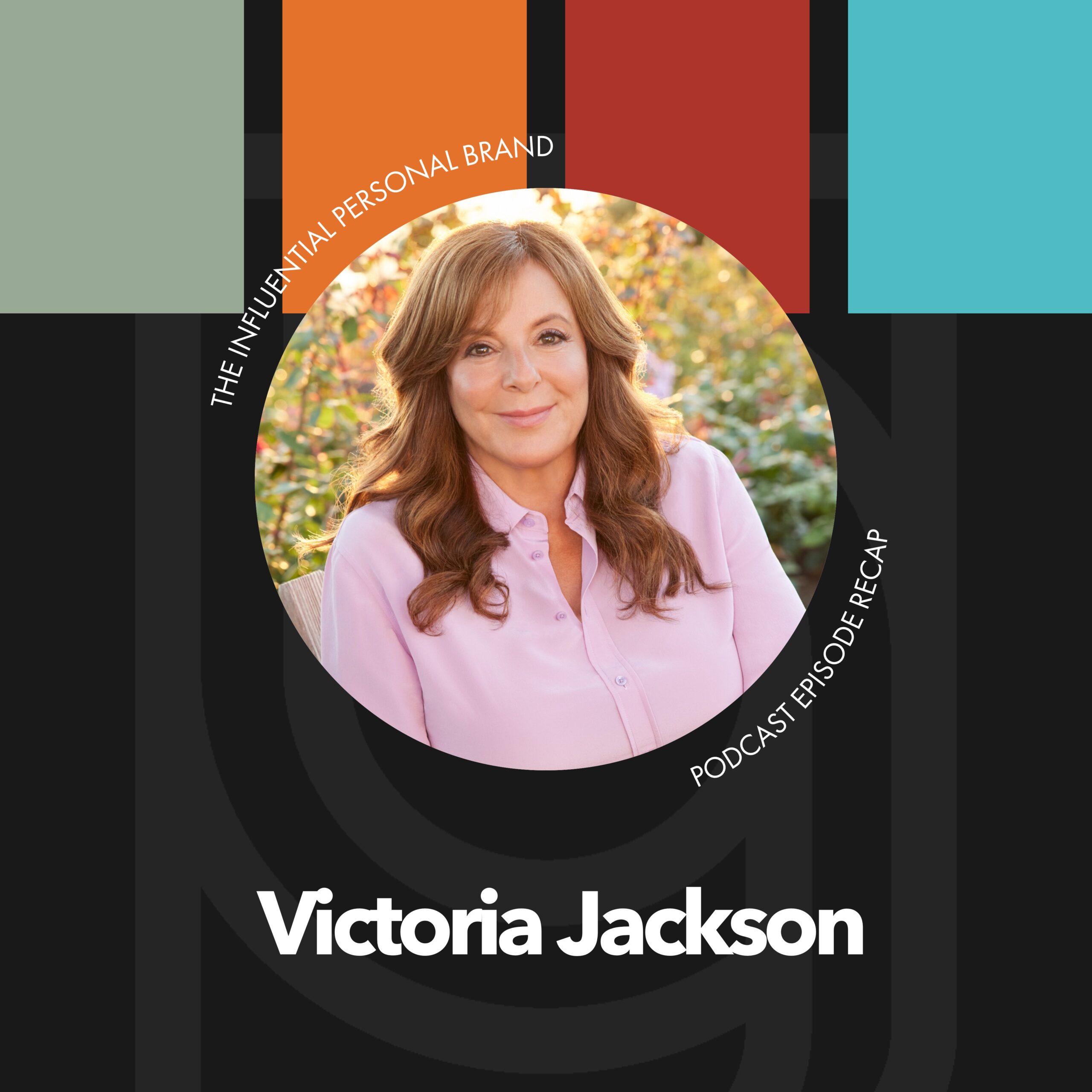AJV (00:00):
One thing that we can never talk enough about is the importance of building community, right? And that’s not just in our personal lives, like building community through our church or our gym, or for me, like bar three class but building community as a part of our business. And I just had the coolest conversation with Lindsay Shortz, who’s the founder, how founder of Powerhouse Women. And I thought this conversation was worthy enough to share just a couple of quick highlights around the importance of community and the difference between an audience and community. So I would just like for you to settle in, and I want you to think about this in, I guess really three different formats. One is just community in general, right? That could be in your personal life, in your professional life, in your family life, whatever. It’s just in general, like the importance of how do you establish good, authentic lasting community, right?
AJV (01:04):
The second one, I want you to think about it in terms of client relationships, right? So these are the people who are paying for your products and services. These are your customers, right? And how do we think about community in that realm? And then the third category is I want you to think about community in terms of your team. And these could be full-time employees. These could be part-time contractors, and anywhere between, but community also happens within your company, within your organization. And I want you to think about it and those three different formats, because it doesn’t matter where you are. One of those fits . And that’s my point is we might be talking about community in relation to something specific with building a more engaged community online. But that happens in your personal life. It happens with your customers, and it happens with your team.
AJV (01:56):
So it doesn’t matter. So I just want you to think about this as you head into this conversation of which of those buckets am I gonna filter through with this information, right? And maybe it’s all three but I would encourage you to pick one for this first round lesson of which of these is this most closely apply to me? And where I am right now? Is it my overarching just community in general that would be more personal? Is it my clients, my customers, or is it my team? Right? Whether contractors or employees, doesn’t really matter. So first highlight is knowing the difference between audience and community. And I thought this was so wise. And so right on where Lindsay said that you have to think about your audience is all about connecting with you, but community is about helping your audience members connect with each other. And that really is so powerful because when you, when anyone thinks about how do you grow a scalable business, it’s you have to remove yourself from the center of
AJV (02:58):
It, right? And at some point it’s gotta grow beyond you. And that means that people are now connecting and communing and collaborating with and without you. And that could be, again, personally, professionally, and in terms of your team or your customer base. So that’s the first thing, is just knowing that an audience, you know, in this regard is thinking about your customers, right? This could be online followers, offline customers, doesn’t matter. But an audience is that one-to-one relationship. Whereas a community is how do we take all of our customer or potential customer relationships and start connecting them with each other so it’ll go so much further beyond you. You’re just the conduit of these relationships. You’re the host of the party, right? You’re the person who’s just sending out the invitations. But you’re not expected to entertain or talk to every single person the entire time at a party, right?
AJV (03:53):
You bring people together who are going to talk amongst themselves, who are going to connect and network, interact among themselves. Same thing happens in our personal life. Same thing happens within our team. And the same thing happens in our customer base. That’s the first thing. Second thing, create the culture of people that you actually want to attract. You know, tons of much smarter people than I am talk about culture, but one thing that I believe is that culture should attract or repel people , right? If you have a well-defined culture, people are attracted to it like a magnet, or they are repelled by it, like a horrible odor . So you want to be, in some regard, just enough polarizing where people can go, I didn’t know a group of people like this exact existed. This is what I’ve been looking for. Or it’s like, oh, you are not my people.
AJV (04:49):
But you want people to resonate with that. And the best way you can do that is you have a well established and a firm foundation of the culture of people that you want to attract. And so I, in my conversation with Lindsay Short, she said, so how do you do that? There’s two thi two quick things that I would love to share that she shared. Number one is ask yourself, what do you want to unify people around, right? So when you think about rallying the troops, what is that? You know, mor cry, right? That rallying mission that everyone is coming together because they all believe in the same thing. They all want the same thing. That would be the first thing. Second thing is ask yourself, who is the aspirational person that my community wants to become, right? So is it they’re all trying to become better at wealth management. Maybe you’re a financial advisor. Maybe they’re, they’re trying to become better moms. Maybe you you are very much in the business of helping support moms or working moms or parents or dads, whatever, right? Maybe it’s for the aspiring entrepreneur, maybe it’s for the established entrepreneur, whatever.
AJV (05:57):
Just decide who it is, right? In order for you to attract these people, you have to know who they are and then where to find them, right? And that, that’s a huge part of just establishing like, this is the culture of the people that we wanna attract. It’s like, you know, at Brand Builders Group, we say that we serve mission driven messengers. We want to attract a culture of people who are unified around this idea of mission over money, and that you make money as a byproduct of serving people well, of living out this mission, of having a message that is worth sharing and having the courage to share it, right? That is what we’re trying to unify people around. And the aspirational person that our community wants to become is they want to become that person who is a conduit of good change in the world.
AJV (06:49):
They believe that their message has the power to change someone’s life, right? That is who we want to attract. And if we do a good job at that, then people will come into our community and go, wow, I’m so happy I found you. Or they’ll go, whoa, y’all are whack. I’m outta here. And that’s okay. And we have to be okay with that because we have well defined bound. We have well-defined boundaries of who we are trying to track attract, because we know the culture of who we are. And I can just speak personally, the same thing goes for the people on our team. The people that we are attracting to work at Brand Builders Group also go, man, I wanna, I wanna be about something that’s not just about money in my banking account. I wanna be about something that is bigger than me.
AJV (07:31):
I wanna be a, a play a small part in something huge. That’s who we’re attracting, right? And I can say that part is working great. Our people are amazing. I feel utterly blessed and ignorant of how we are attracting such awesome people other than they are aligned with the same things that we believe, right? So we are attracting them in that sense. I wish I had some great recruiting tactic. I could tell you I don’t. I complete completely dumbfounded by that other than we are culturally aligned. And you can tell it from the first five minute conversation, right? All right, last thing. Find creative and tactically sufficient ways for people to connect with each other. So that’s a tactically sufficient way. So what I mean by that is easy to implement, right? So they had, you’ve got to tell people what to do in order to connect with each other, and they have to be able to do it in the moment, not make a checklist.
AJV (08:27):
And, okay, I’ll go do that on LinkedIn later. It’s like, no. Like right now, what are creative ways, and not even just creative ways, what are ways, , what are ways that you can establish for people to connect with one another within your community? Again, your family, your friends, your customers, your team members. So step one is have a place where people can find their people, right? And so internally, like as a company, we use teams. And something that we’ve integrated this year that has been amazing for connection is, Hey, taco, and hey Taco allows our teams to reward each other for a job well done, and to congratulate them and connect. And we are a virtual team for the most part. And that’s been amazing. The other thing we’ve done is we’ve got, we’ve set up two to three different coworking places around Nashville.
AJV (09:11):
So our people have physical locations since we’re virtual to go and connect and brainstorm and ideate. We’re having quarterly social events. And these are just ideas with our team within our client community, right? Brain Builders Group community. Who is the best community in the whole world? Shout out to all of you. It’s, we spent an entire year building an app in an integrated way, a one place, you know, stop for you to ask questions get on live trainings, network, have chats, have a social feed have topic specific forums, all these different things. And it’s like within this one place, they have tons of ways of connecting. They can hop on virtual training calls, they can hop on networking calls. They can be a part of meetups. They can do forum conversations, which are again, like vertical conversations around certain topics.
AJV (10:00):
They can just chat with each other in the social feed, kind of like a Facebook group. They can have one-on-one chat conversations right in the app. And this was a huge undertaking because we said there’s so many different ways for people to connect If we don’t figure out how to consolidate, and that was the word for us, consolidate these ways, we’re gonna lose people, right? They’re gonna be so confused and so overwhelmed. They’re not gonna do anything. And that’s what I mean by tactically sufficient, right? So it’s one thing to go, you can, you know, hop on this zoom call, you can go to the Facebook group, you can go to, it’s like you can, but most don’t . It’s too much. And so we have found ways to consolidate all of these different options into one platform. That’s not gonna work for everyone. But what we found for us is that the consolidation into many things in one place was a way that we could create ways for our community to connect with each other.
AJV (10:51):
Now that’s all digital. We also do 48 different virtual events. That’s not gonna work for everybody. We do six in person, not gonna work for everyone. So you just have to take some of these ideas and go, how could I implement something that would help my community connect with each other? It could be a free Facebook group, it could be Zoom meetups, it could be client appreciation events. It could be virtual. That could be virtual or in person. You could do a variety of things. You could also just go through your client Rolodex and go, who should meet each other? It could be as free and as manual as that, or have an app, right? So there’s all different things. The point is, is what are you doing to help your community connect with more than just you, but help them to connect with each other? And that’s what turns an audience into a fully alive and engaged community.

